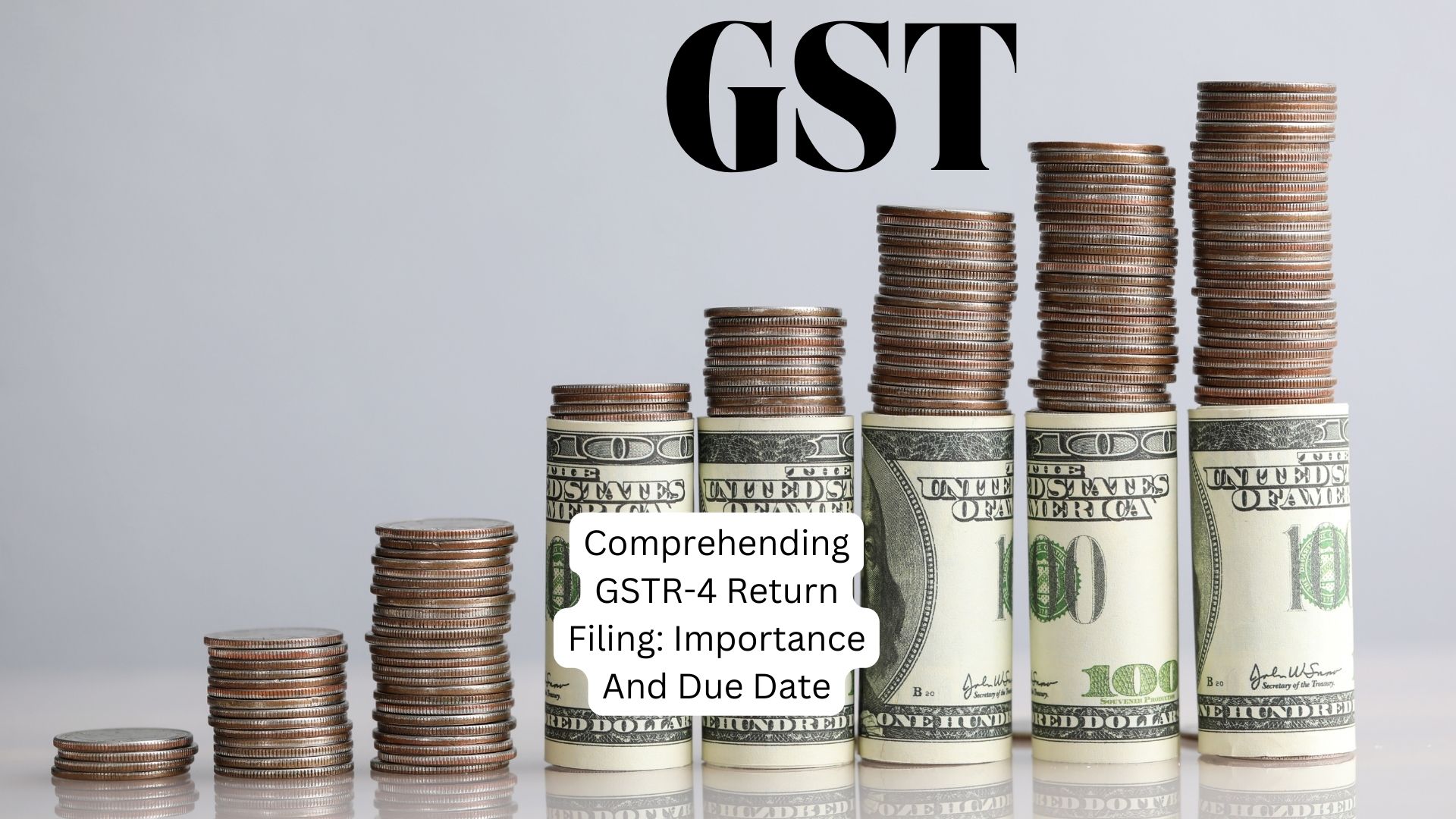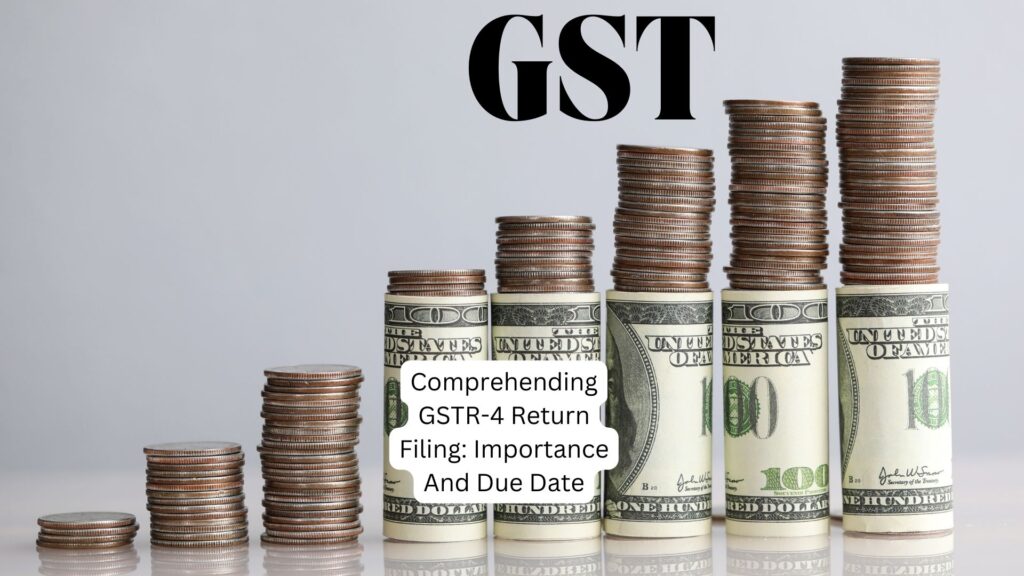
19 Feb Comprehending GSTR-4 Return Filing: Importance and Due Date

GSTR-4 Return Filing is a crucial aspect of the Goods and Services Tax (GST) system, specifically tailored for businesses operating under the Composition Scheme. This article provides insights into the significance of timely filing of GSTR-4, its applicability, key components, due date, consequences of late filing, filing procedures, and common mistakes to avoid.
Key Points:
- Definition and Applicability of GSTR-4: GSTR-4 is a quarterly return designed for businesses registered under the Composition Scheme. It simplifies tax compliance for small businesses with turnover within the specified limit.
- Who Should File GSTR-4? Businesses registered under the Composition Scheme meeting the annual turnover threshold are obligated to file GSTR-4.
- Components of GSTR-4 Return: Basic Details, Outward Supplies, Consolidated Tax Payment, Input Tax Credit, and Late Fee and Interest details are crucial components.
- Due Date for Filing GSTR-4: Adherence to the due date, typically April 30th of the following financial year, is paramount to avoid penalties and maintain compliance.
- Consequences of Late Filing: Late filing may attract penalties, interest charges, loss of input tax credit, and non-compliance issues.
- Procedure for Filing GSTR-4: A step-by-step guide is provided for online filing through the GST portal, along with the required documents and information.
- Common Mistakes to Avoid: Failure to report all transactions, incorrect turnover calculation, inadequate documentation, and late filing are common errors to be mindful of.
Conclusion:
Ensuring timely and accurate filing of GSTR-4 is vital for businesses to fulfill their GST obligations, avoid penalties, and maintain smooth tax operations. By understanding the process, adhering to due dates, and avoiding common mistakes, businesses can navigate GSTR-4 return filing effectively and stay compliant with GST regulations.


No Comments